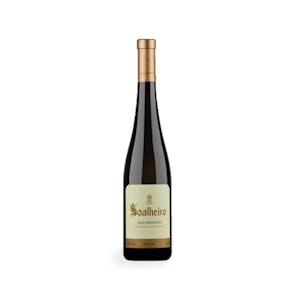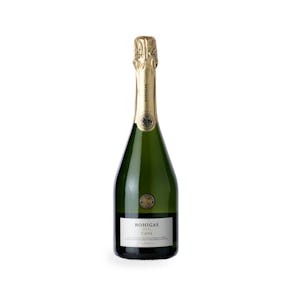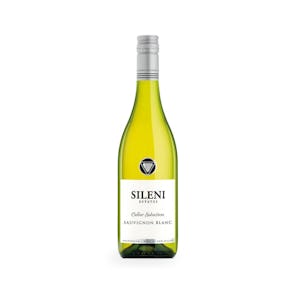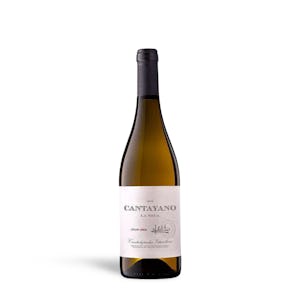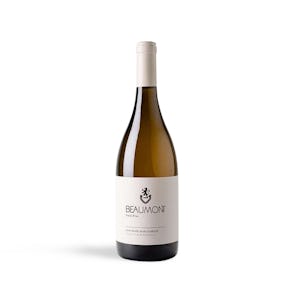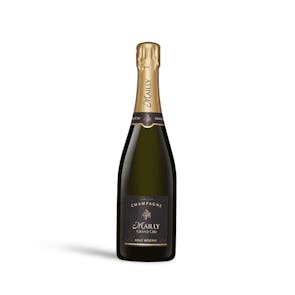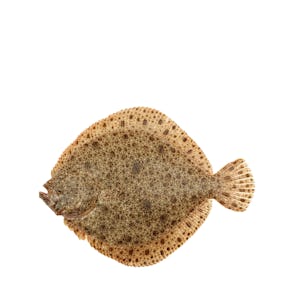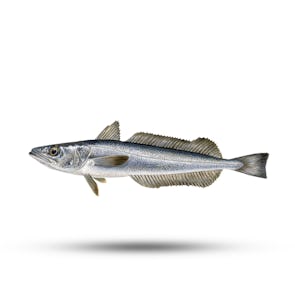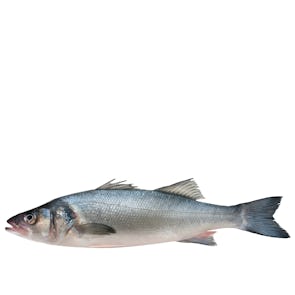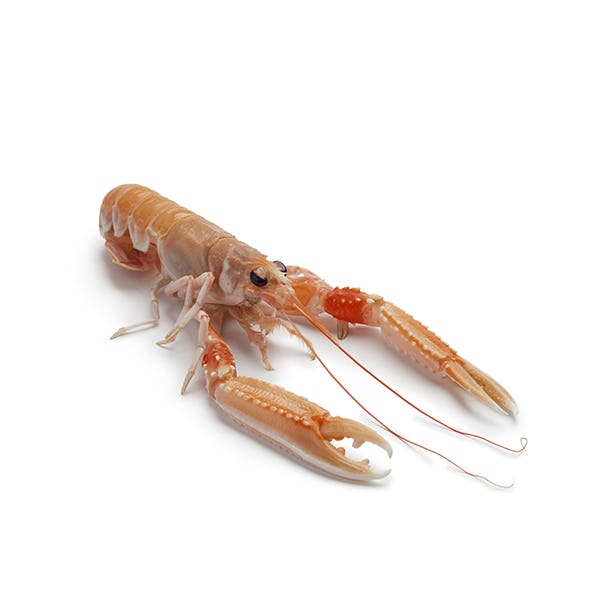
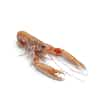
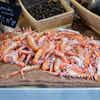
Fresh Scampi (Langoustine)
The Emperor of Crustaceans
(Tuesday Jan 13 , 2026)
Flown in fresh just for you
This product is on preorder and the next shipment is scheduled to arrive on Tuesday Jan 13 , 2026. Your delivery will be dispatched as soon as the product arrives.
TASTING NOTES FROM THE CURATOR
Touted the Emperor of Crustaceans, scampi or langoustine is valued for its rarity and its flavor. It has a slim shape, looking like a cross between a deep-sea prawn and a lobster. Its shell is an orange-pink color that turns a little brighter when cooked.
Scampi has a firm, lean, white meat, with a juicy, lightly sweet flavor.
PREPARATION AND PAIRINGS
Roast your langoustine or boil them in well-salted water. Serve with a squeeze of lemon, and a side of aioli or a garlic butter sauce. It’s also great to use in pastas and curries, coated in batter and deep-fried, steamed, broiled, and baked.
A CRUSTACEAN OF MANY NAMES
Langoustine, or Scampi, is also known as Norway Lobster or Dublin Bay prawn. They are orange-pink in color, quite similar to lobsters, but a lot smaller. They are also often mistaken for giant deep-sea prawns, but are closer to the lobster family. Long ago, they were considered scraps, and were either tossed, sold for cheap, or eaten by fishermen. But in recent years, the clamor for this crustacean has grown, and restaurants’ demand for its lobster-like flesh began to increase. Now you see langoustines appear regularly in menus of Michelin star restaurants across the world.
Storage Instructions
Wrap your fresh scampi in damp paper, and store with ice packs or in the refrigerator. Keep the lobsters as cold as possible. But do not freeze them. Consume within 2 days.

